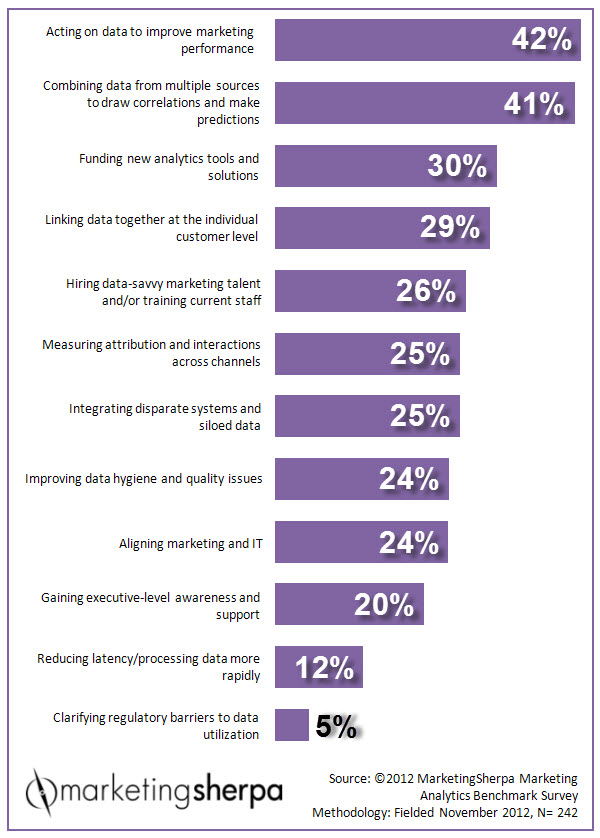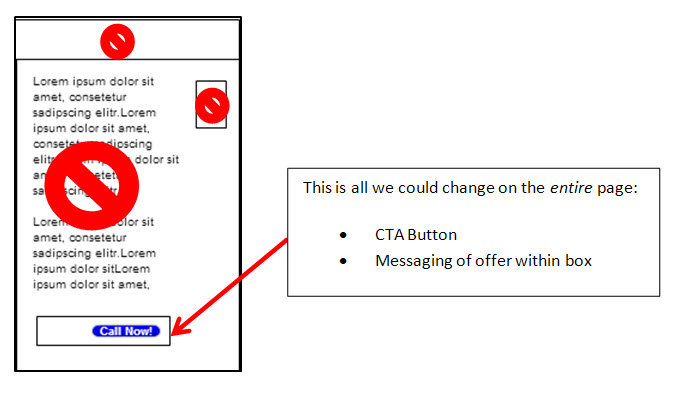Marketing Management: 6 lessons from The Walking Dead for your team and marketing efforts
For decades, people have been pulling leadership and life lessons from film and television. From sports and war inspired movies to law dramas and comedies, we see characters make tough decisions, lead their teams to victory or support them through the losses.
For me, apocalypse stories often have some of the most dynamic and interesting characters to watch. To survive in such circumstances, they often learn important lessons that you just don’t think about or encounter as dramatically in a normal day-to-day life. Stripping them of their modern conveniences and the restraints of society and laws, you quickly get to see who they really are as a person.
Even though the office place doesn’t require the same life-or-death decisions, we can still draw out valuable lessons from the decisions these characters make.
The Walking Dead fans like me know that Season 6 has finally arrived. To celebrate, I’ve rounded up six lessons marketing leaders can take away from the drama and apply to their teams.
Lesson #1. Don’t let your guard down (and keep testing)
“You’re not safe. No matter how many people are around, or how clear the area looks, no matter what anyone says, no matter what you think. You are not safe. It only takes one second. One second and it’s over. Never let your guard down. Ever. I want you to promise me.”
— Rick Grimes, Season 5
You might be asking how this relates to marketing. Replace “you” with “your webpages” and switch “safe” to “bulletproof.” Your webpages are not bulletproof.













